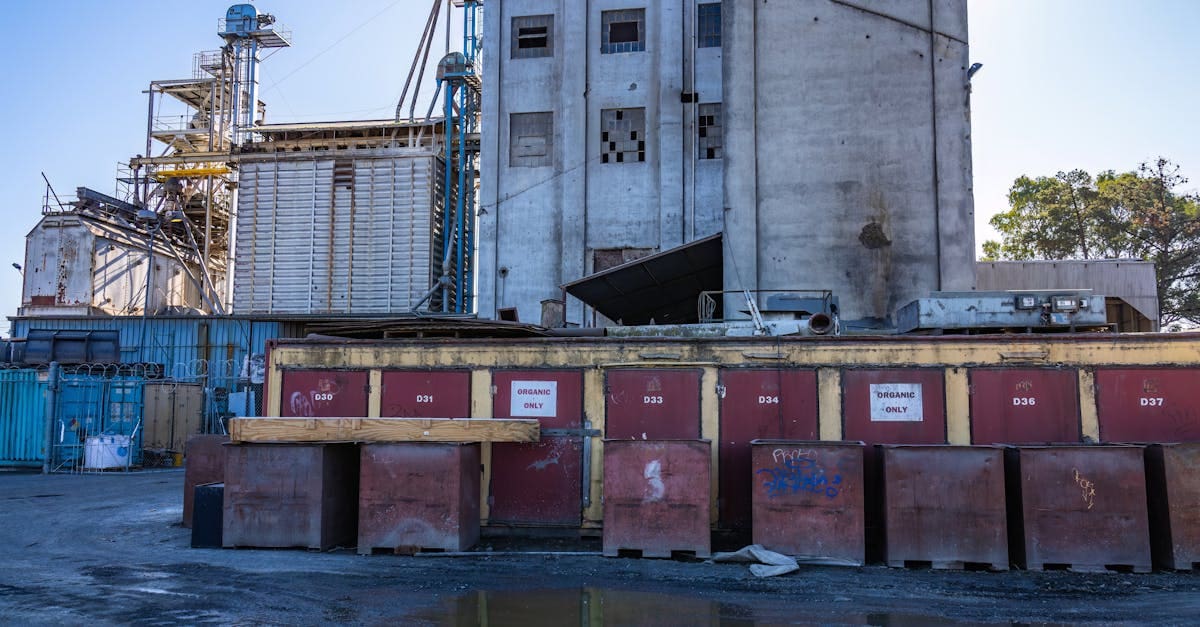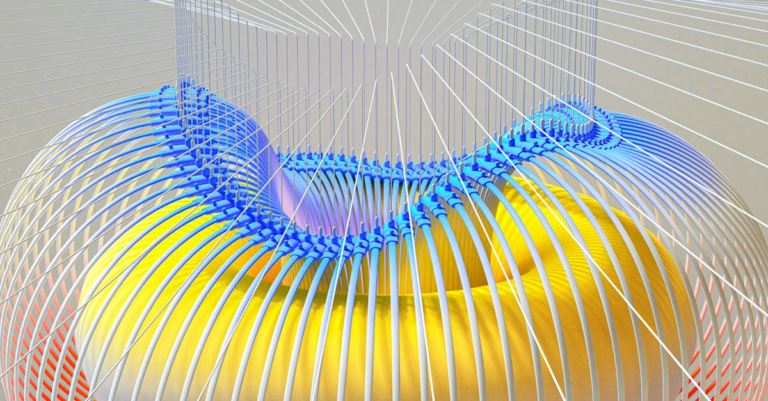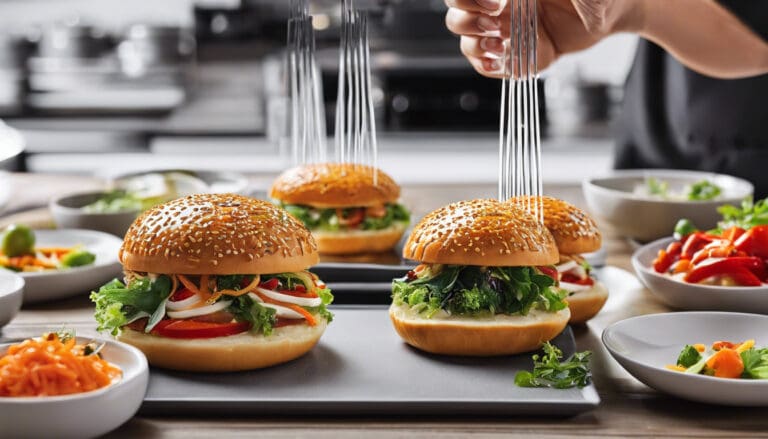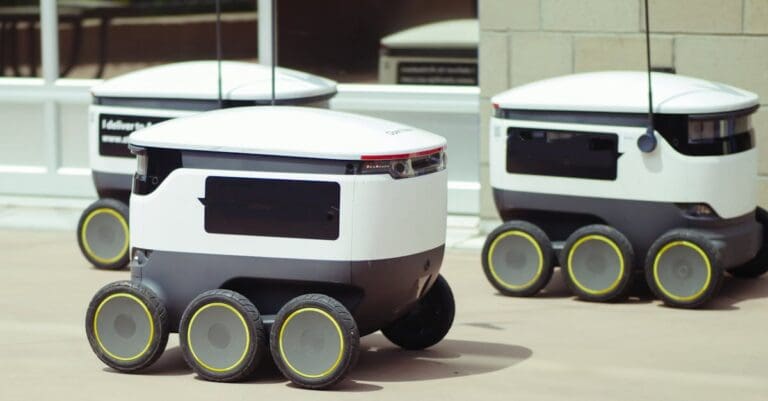How to Transform Your Traditional Farming Into AI Vertical Farming Success
I remember walking through my grandfather’s traditional farm as a child, watching him bend over rows of crops under the scorching sun. Today, I help farmers like him transform their operations using AI vertical farming technology that grows more food in less space while using fewer resources. You don’t need to abandon everything you know about agriculture to embrace this revolutionary approach.
Traditional farming faces mounting challenges every day. Weather becomes more unpredictable. Labor costs continue rising. Water shortages threaten crop yields. Meanwhile, automated farming systems and precision agriculture AI offer solutions that seemed impossible just a decade ago. Smart crop monitoring eliminates guesswork. Robotic harvesting reduces labor dependency. These technologies work together to create sustainable food production that protects your investment and your future.
I want to show you exactly how to bridge the gap between traditional methods and modern indoor farming technology. You’ll discover which agricultural automation tools deliver the best returns and how AI plant optimization can increase your yields dramatically. Ready to transform your farming operation?

In the article
- Building Your AI Vertical Farming Foundation
- Optimizing Operations with Advanced Agricultural Automation
Building Your AI Vertical Farming Foundation
I started my journey into AI vertical farming by understanding that traditional methods needed a complete overhaul. My first step involved creating a solid foundation that could support advanced technology.
The transformation begins with proper planning and infrastructure. I learned that rushing into automation without understanding the basics leads to costly mistakes.
Setting Up Indoor Farming Technology Infrastructure
I discovered that LED lighting systems form the backbone of any successful vertical farm. These lights replace natural sunlight and provide precise control over plant growth cycles. I chose full-spectrum LEDs because they offer energy efficiency and can be programmed for different crop requirements.
My lighting setup includes timers and dimming controls. This allows me to simulate natural daylight patterns while optimizing energy consumption. I position lights at specific distances from plants to ensure even coverage across all growing levels.
Next, I focused on designing vertical growing towers with automated farming systems. These towers maximize space utilization and create perfect growing conditions. I built my towers using food-grade materials that resist corrosion and support heavy crop loads.
Each tower connects to a central water and nutrient delivery system. This setup enables AI hydroponic systems to function efficiently throughout my facility. I installed drainage systems to prevent water accumulation and maintain proper root health.
Implementing Smart Crop Monitoring Solutions
I deployed sensors throughout my growing areas to track plant health in real-time. These sensors measure temperature, humidity, pH levels, and nutrient concentrations. The data helps me make informed decisions about crop management.
My sensor network includes cameras that capture images of plant growth. I use these images to identify diseases, pests, or nutrient deficiencies before they become serious problems. The visual data complements numerical measurements from other sensors.
I connected precision agriculture AI to analyze all collected data. This system processes information faster than I ever could manually. It identifies patterns and trends that help predict optimal harvesting times and prevent crop failures.
The AI system sends alerts to my smartphone when conditions require attention. I receive notifications about temperature fluctuations, water levels, or equipment malfunctions. This immediate feedback allows me to respond quickly to potential issues.

Photo provided by Kindel Media on Pexels
Optimizing Operations with Advanced Agricultural Automation
Once my foundation was solid, I moved to the optimization phase. This stage focuses on fine-tuning systems for maximum efficiency and yield.
Installing AI Plant Optimization Systems
I configured algorithms that control nutrient delivery and climate conditions automatically. These algorithms learn from my crop data and adjust parameters based on plant responses. The system becomes smarter over time as it processes more information.
My climate control algorithms maintain perfect growing conditions 24 hours a day. They adjust temperature, humidity, and air circulation based on crop requirements and external weather conditions. This consistency leads to faster growth rates and higher yields.
I set parameters for automated growth cycle management that handle different crop stages. The system adjusts lighting schedules, nutrient concentrations, and watering frequency as plants mature. This automation reduces my daily workload while improving crop quality.
The optimization system also manages smart greenhouse automation features like ventilation and heating. It balances energy consumption with optimal growing conditions to reduce operating costs while maintaining productivity.
Integrating Robotic Harvesting Equipment
I selected robots that work well with my specific crop varieties. Different crops require different harvesting approaches, so I chose flexible robotic systems. These robots can be reprogrammed for various vegetables and herbs.
My robotic harvesters use computer vision to identify ripe produce. They distinguish between ready crops and those that need more time to mature. This precision prevents waste and ensures I harvest at peak quality.
I programmed harvesting schedules that maximize yield efficiency while maintaining crop quality. The robots work during off-peak hours to avoid interfering with other farm operations. They also coordinate with robotic crop management systems to optimize workflow.
Training my staff on robotic system maintenance became essential for smooth operations. I developed simple procedures that my team can follow to keep robots functioning properly. Regular maintenance prevents costly breakdowns and extends equipment life.
The robots integrate with my inventory management system to track harvested produce. This connection helps me plan sales and distribution while monitoring crop performance over time.
Achieving Sustainable Food Production Goals
I monitor resource usage through integrated dashboard systems that display real-time consumption data. These dashboards show water usage, energy consumption, and nutrient efficiency across my entire operation. The visual displays make it easy to spot inefficiencies.
My water conservation strategies include recycling systems that capture and reuse irrigation water. The AI vertical farming setup minimizes waste by delivering precise amounts of water directly to plant roots. This approach uses 90% less water than traditional farming methods.
I track water and energy consumption patterns to identify optimization opportunities. The data reveals peak usage times and helps me adjust operations for better efficiency. I can shift energy-intensive tasks to off-peak hours when electricity rates are lower.
The integrated systems also monitor vertical farming robots energy consumption during harvesting and maintenance tasks. This information helps me schedule robot operations for maximum efficiency while minimizing environmental impact.
My sustainable approach includes using renewable energy sources where possible. Solar panels supplement grid electricity during peak daylight hours. Battery storage systems store excess energy for use during nighttime operations.
Your Smart Farming Journey Starts Now
I believe you now see how automated farming systems can change your growing operation forever. Smart crop monitoring gives you complete control over your plants. Precision agriculture technology helps you grow more food with less space and water. Therefore, sustainable food production becomes achievable for any farmer willing to embrace change.
Start small with indoor farming technology in one section of your operation. Research local suppliers who offer robotic harvesting solutions for your specific crops. However, I recommend focusing on one automated system at a time. This approach helps you learn without overwhelming your current setup.
Take the first step today. Contact three agricultural automation companies in your area this week. Ask about their plant optimization systems and request demonstrations. Your future depends on the actions you take right now.







